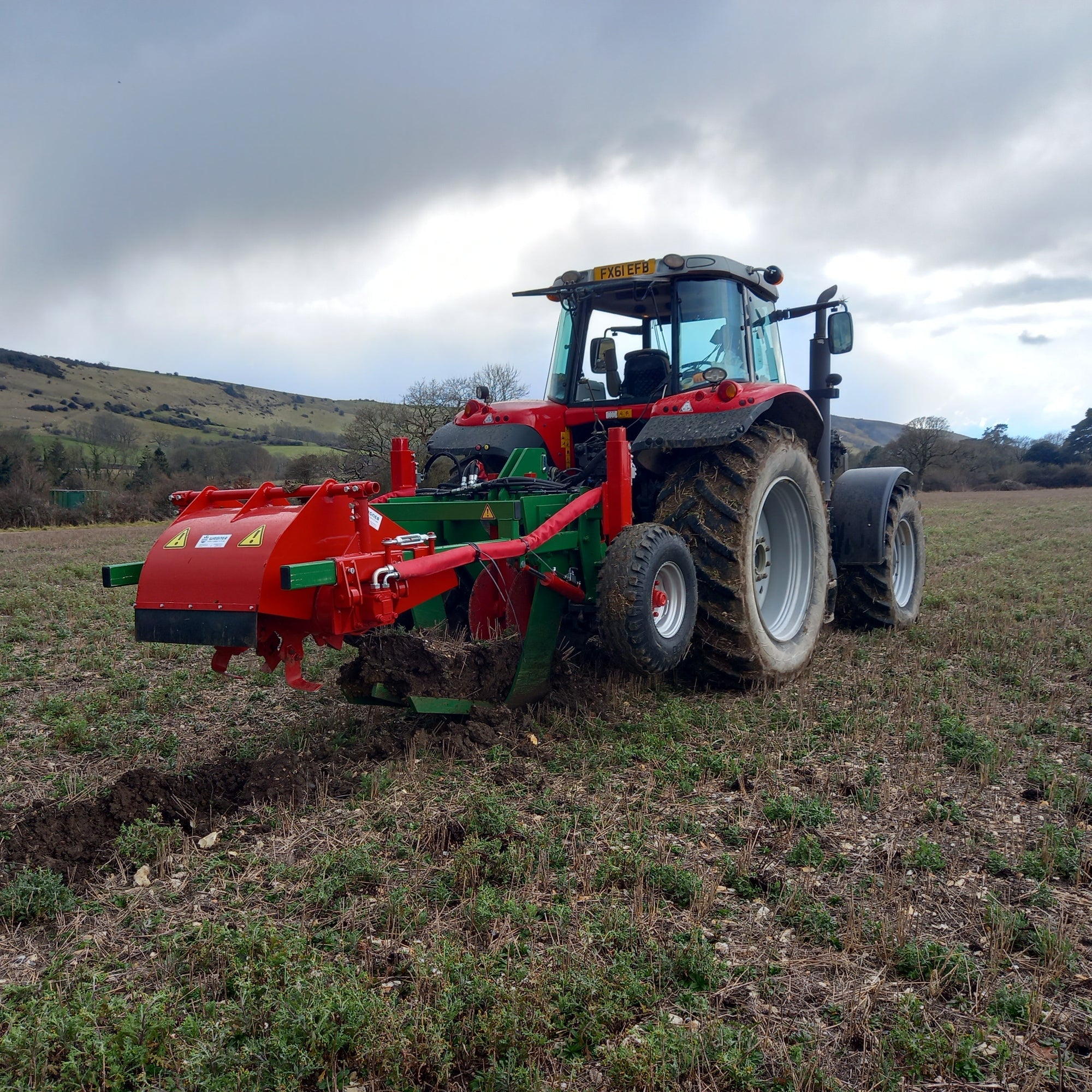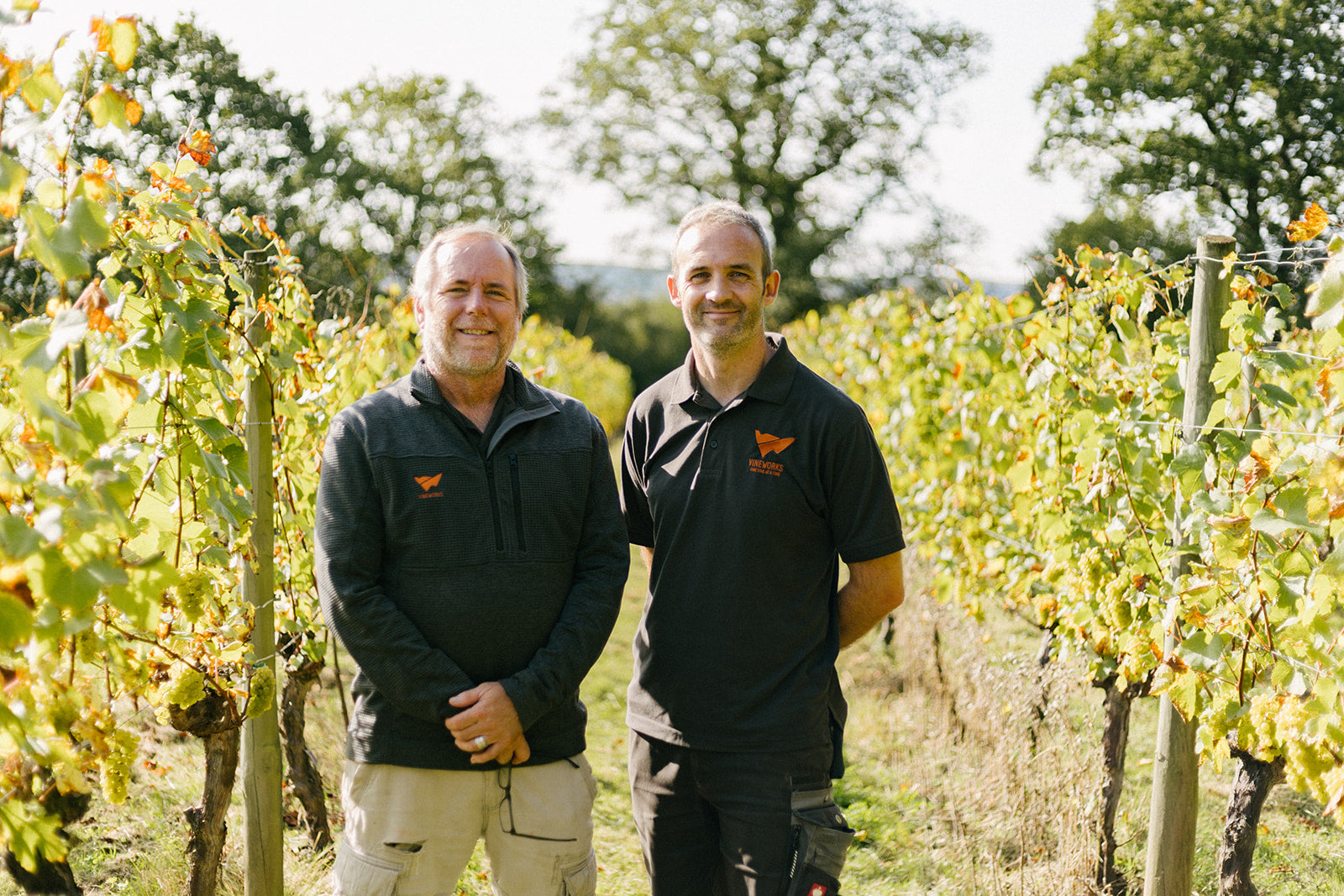

A Practical Guide to Fruit Thinning in UK Vineyards
Managing crop load through fruit thinning is a crucial part of achieving both quality and yield goals in UK vineyards. By adjusting the ratio between fruit and foliage, growers can help ensure that their vines ripen fruit to optimal levels. This is no small task in a cool climate where limited growing days and a tight autumn window present constant challenges.
The Case for Thinning
Fruit thinning enables vineyard managers to influence vine balance: the proportion of leaves producing energy to fruit requiring it. If too much fruit is left on the vine, ripening will be compromised, but over-thinning reduces your potential yield unnecessarily. Getting this balance right is key to achieving good fruit quality and meeting contractual obligations in terms of volume.
Estimating Yield
The first step in any thinning decision is knowing how much fruit your vines are carrying. Before removing any fruit, an accurate yield estimate is essential.
The earliest opportunity comes pre-flowering (late May to early June), when inflorescences can be counted to provide a first prediction. This is useful for early harvest planning. Naturally, this forecast is based on assumptions about flowering success and bunch weights.
Once flowering has passed and the fruit set is complete, a more accurate picture can be drawn. Early post-set bunch counts allow growers to quantify flowering success. If flowering was poor despite good weather, this may flag nutritional issues needing attention.
Accurate Bunch Counts
Accurate bunch counts are imperative for getting those yields as precise as possible. After the first round of leaf stripping is one of the best times to do a count as with some leaves removed the inflorescences are now visible and makes it less likely to be missed.
Based upon accurate yield estimates, the goal is to pre-emptively thin fruit if required - rather than react late when it’s clear that green fruit won’t ripen in time.
Late thinning, close to harvest, is less effective and forces a difficult choice: sacrifice unripe fruit or risk compromised quality.
Avoiding Sampling Bias
Human instinct can skew bunch counts. We naturally gravitate toward fruitful vines, leading to inaccurate results. To counter this use a systematic grid across the vineyard. Samples must cover variation across the site. This is particularly important where there are long term variations in vine performance or sudden events such as frost, both of which can create uneven crop loads.
The more variable the crop, the larger the sample required. Aim for an error margin below 10% for reliable planning.
Calculating Yield
The basic formula is:
Average bunches per vine × total number of vines × expected bunch weight
= predicted yield (tonnage)
This estimate underpins key harvest decisions, from thinning strategies to winery intake planning.
How Much to Remove?
Once your numbers are in hand, the decision on how much fruit to thin depends on:
-
Seasonal conditions so far
-
Variety/rootstock
-
Vine vigour
-
Target quality parameters
-
Grower contract requirements
Vines carrying an excessive crop will benefit most from thinning, with remaining fruit receiving more of the plant’s resources, improving ripeness and flavour development.
Early Thinning vs Late Thinning
Thinning shortly after fruit set has the greatest effect. Early intervention allows the vine to focus on fewer bunches for a longer period. However, it is a slower task, as small green berries blend with foliage. Doing this after the first leaf stripping pass helps visibility.
Thinning at or after veraison is easier, as lagging bunches stand out clearly. However, the vine has less time to redirect resources, and cooler autumn weather limits further ripening potential. Where necessary, late thinning can help avoid harvesting underripe fruit, but ideally, decisions should be made earlier.
Why Fruit Thinning Matters
Accurate yield forecasting and well-timed fruit thinning are essential tools for maximising fruit quality, ensuring crop loads ripen fully and aligning vineyard output with winery capacity.
At VineWorks, we use tools like Sectormentor to collect yield data across sites which helps to streamline data capture and supports smarter decisions.
Last thoughts
Fruit thinning may be a labour-intensive process, but when done well, it can be the difference between good fruit and great fruit - or between fruit that ripens and fruit that is left behind.
PUBLISHED IN THE FRUIT GROWER MAGAZINE - JULY 2025



